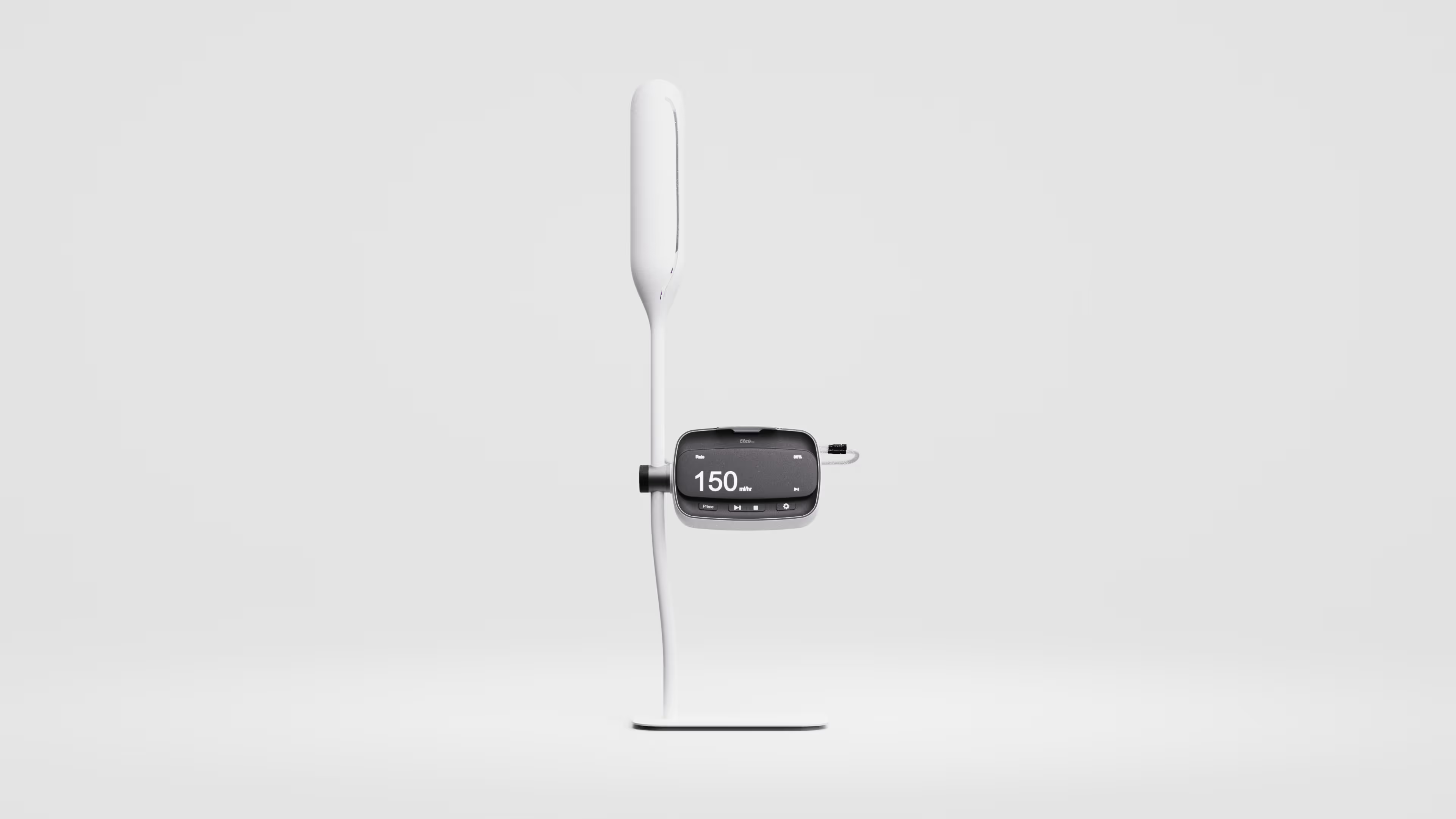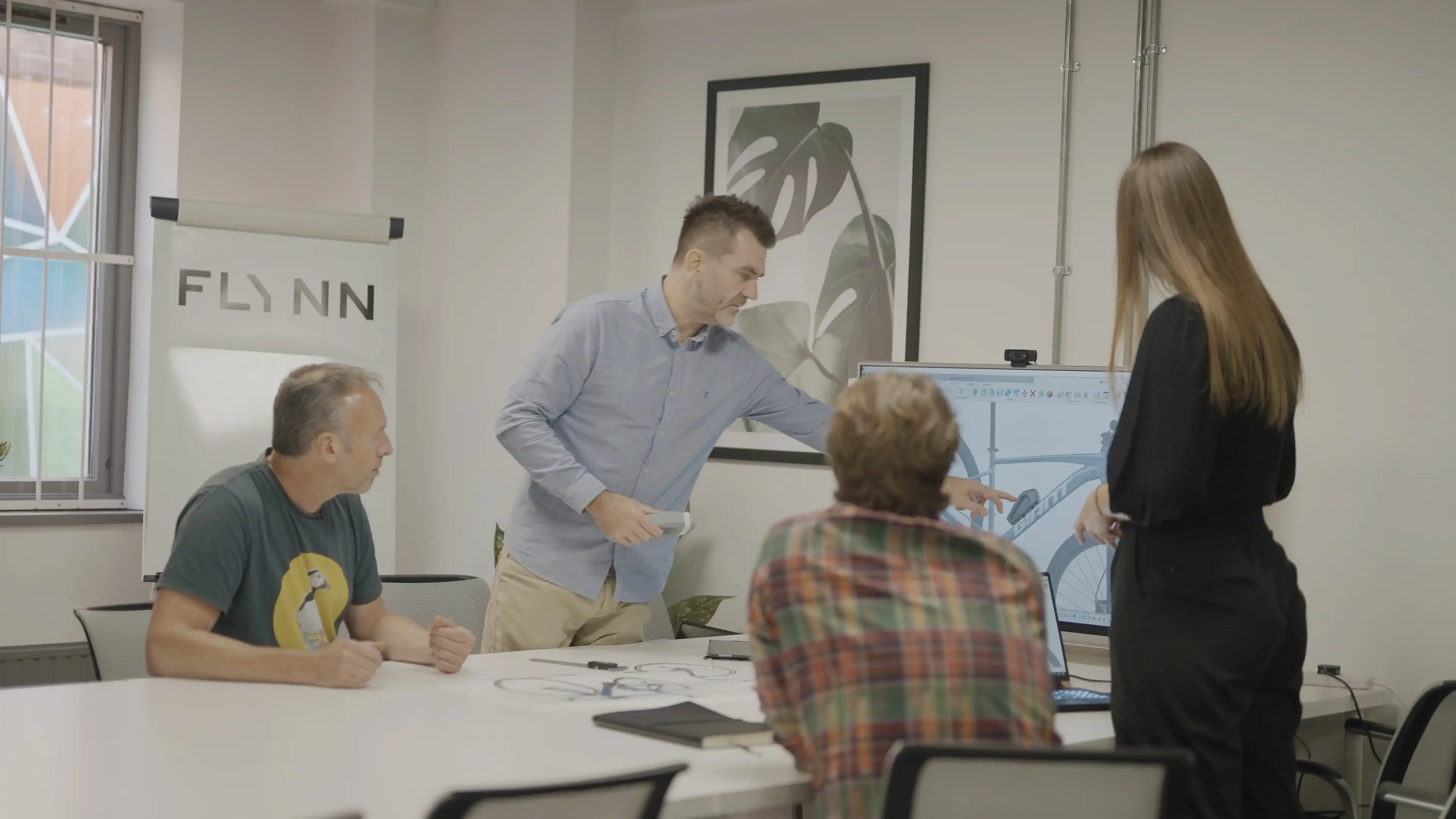Bridging The Gap Between Clinical Needs and Product Design
Bridging The Gap Between Clinical Needs and Product Design
In the rapidly evolving world of healthcare, new medical products are being designed and developed constantly. These medical innovations can make significant impacts on patient outcomes, the efficiency of patient care and the overall satisfaction of healthcare professionals. However, innovative ideas or technical prowess alone is not enough to ensure a new medical product can have these impacts. It demands a deep understanding of clinical needs and workflows to ensure the innovative idea is turned into a product that delivers on the potential of that initial idea. Bridging the gap between clinical demands and product design is crucial, and the only way to do this right is through effective collaboration between clinicians and designers.
This blog explores why this collaboration is essential, how it can shape the future of medical product design, and strategies for achieving seamless partnerships between clinical experts and design professionals.
The Critical Importance of Collaboration
Healthcare is a complex ecosystem where clinicians face daily challenges ranging from delivering patient care to navigating ever-changing regulatory requirements. Designers, on the other hand, focus on creating innovative solutions that address specific pain points. However, without a collaborative approach, even the most well-designed product can fall short if it fails to align with the realities of clinical practice.

Why Collaboration Is So Essential In Medical Product Development
1. Understanding Clinical Needs Firsthand
The foundation of any successful medical product is its ability to address real-world clinical challenges. The only people who can fully grasp the intricacies of clinical environments are the healthcare professionals that work within them. Meaning designers, no matter how skilled could miss key pain points, insights and opportunities without input from those who work within them. Healthcare professionals understand patient care, workflow intricacies, and regulatory compliance in ways that outsiders often overlook.
For example, a device that monitors vital signs may seem simple on paper, but a nurse managing multiple patients in an emergency room might require features like wireless connectivity or simplified alerts. Clinicians can provide invaluable insights into the practicalities of product use, guiding designers to create products that are both effective and user-friendly.
2. Ensuring Seamless Integration into Workflows
Healthcare settings operate under immense pressure, often with little room for error. Products that disrupt the workflow or require excessive training can become obstacles rather than aids. By working closely with clinicians, designers can create products that integrate seamlessly into existing processes, reducing the learning curve and improving efficiency.
For example, consider a new orthopaedic surgical measuring device that uses two pins inserted into the bone to measure the distance between them. If clinicians are not involved in the design process, entirely new pins might be created, which would require different techniques for use, setup, sterilization, and more. By incorporating clinicians' insights during the design phase, you could discover the wide range of surgical pins that already exist, allowing the device to be developed to work with these pins. This would make the device more intuitive for surgeons, reduce the learning curve, and minimize disruptions to the current workflow.
3. Enhancing Patient Safety and Outcomes
One of the ultimate goals of medical product design is to improve patient safety and outcomes. Clinicians, being the ones directly responsible for patient care, are acutely aware of how errors can occur, how patients respond to treatments, and what is most critical to ensuring positive results.
Collaboration ensures that designers consider these vital aspects. For example, in designing a drug delivery system, clinicians might emphasize the need for a mechanism that prevents overdosing. Designers can then implement fail-safes and alarms to minimize risks, contributing to safer treatment options for patients.
4. Regulatory Compliance
Medical products must comply with strict regulatory requirements to ensure safety and effectiveness. While clinicians are often knowledgeable about these regulations as they apply to daily practice, designers may not be as familiar. To ensure products meet and exceed these regulations, designers can collaborate with regulatory experts and clinicians to correctly interpret and apply the regulations. By fostering early and on going collaboration, designers can identify potential compliance issues before they become major concerns. This proactive approach helps streamline the development process, reducing the risk of delays and additional costs, while maintaining patient safety.
5. Real-World Testing
Testing designs and prototypes is essential to demonstrating their effectiveness and uncovering issues. While designers can test certain aspects on their own, the most valuable testing comes from the intended users, as they offer real-world insights into how well the design functions in its actual environment. Collaborating closely with healthcare professionals allows for multiple rounds of testing, beginning early in the design process rather than waiting until the design is finalized. This approach helps identify potential issues before they become ingrained in the design, preventing costly and time-consuming fixes later on. Addressing problems early is much faster and more cost-effective than making changes further down the line.
The Key to Successful Collaboration

So, how can designers and clinicians work together effectively to ensure that medical products meet both clinical needs and regulatory demands?
1. Early and Ongoing Involvement
The earlier healthcare professionals are involved in the design process, the better the outcomes. Initial consultations should focus on understanding clinical pain points and identifying areas where design can have the most impact. Regular feedback sessions throughout the design process ensure that clinicians can guide product development in real-time, preventing costly missteps later.
For example, if a team is developing a surgical tool, they might invite surgeons to view and test prototypes in their actual clinical environment. This allows the design team to gather critical information about ergonomic issues, usability, or functionality and refine the product accordingly.
2. Interdisciplinary Teams
Bringing together interdisciplinary teams that consist of designers, engineers, clinicians, and even hospital administrators can create more well-rounded product development. Each party brings their unique expertise to the table, allowing the team to address both design and clinical concerns simultaneously.
Designers might focus on creating a product that is aesthetically pleasing, easy to use and functions correctly, while engineers may concentrate on specific functionalities or technologies. Clinicians can provide insight into how the product will be used in practice, ensuring that it aligns with real-world needs.
3. Usability Testing in Real Clinical Settings
Usability testing is essential in any product design, but for medical devices, it is even more critical. By conducting usability tests in real clinical settings with actual healthcare providers, designers can observe how products function in their intended environment. This helps identify unforeseen challenges, such as how a device holds up under stress, how easy it is to clean, or how intuitive it is to operate during an emergency.
For instance, a medical scanner might work flawlessly in a controlled testing environment but fail to meet expectations when tested in a busy hospital setting where time is limited, and distractions are high. Testing in real-world scenarios ensures the product is ready for market with a lower risk of clinical pushback or user dissatisfaction.
4. Feedback Loops for Continuous Improvement
Even after a product is launched, the collaboration should continue. Clinicians can provide feedback on how the product performs over time and in different conditions. Designers can use this input to make necessary improvements or inform the next iteration of the product.
For example, a wearable device for monitoring patients’ vitals may initially be well-received, but after months of use, clinicians might discover that battery life is a critical issue in high-demand settings. Continuous feedback ensures that designers can address such issues, enhancing the product's longevity and utility.

Conclusion
The development of medical products that truly meet clinical needs and enhance patient outcomes relies on the seamless collaboration between healthcare professionals and designers. By bridging the gap between clinical insights and product innovation, these teams can develop tools that not only solve practical challenges but also integrate effortlessly into existing healthcare workflows.
At FLYNN we understand the importance of this collaborative approach. Our team works closely with healthcare providers at every step of the design process to ensure that the products we create not only meet technical and regulatory standards but also improve the daily lives of both clinicians and patients.
If you’re looking to create medical products that stand out in the market and make a real difference in clinical environments, book a free discovery meeting here to learn more about how we can help you with innovative medical design that truly meets the need to clinicians and patients.
By emphasizing collaboration from the very beginning, the healthcare industry can develop products that truly meet the evolving demands of the medical world, ensuring better outcomes for patients and healthcare providers alike.
We provide businesses with product design consultancy, industrial design, prototype design & related services.
.avif)


